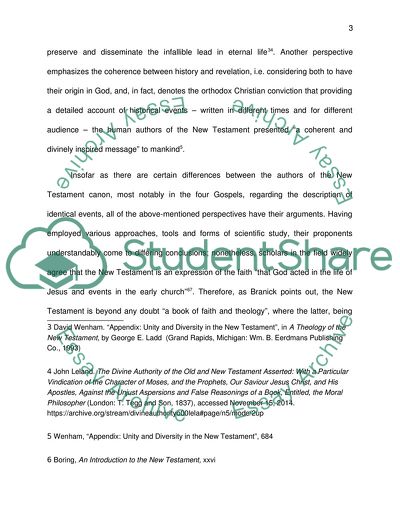Cite this document
(The Temptations of Jesus: Matthew 4:1-11 and Luke 4:1-13 Report Example | Topics and Well Written Essays - 5000 words, n.d.)
The Temptations of Jesus: Matthew 4:1-11 and Luke 4:1-13 Report Example | Topics and Well Written Essays - 5000 words. https://studentshare.org/religion-and-theology/1847618-the-temptations-of-jesus-matthews-41-11-and-luke-41-13
The Temptations of Jesus: Matthew 4:1-11 and Luke 4:1-13 Report Example | Topics and Well Written Essays - 5000 words. https://studentshare.org/religion-and-theology/1847618-the-temptations-of-jesus-matthews-41-11-and-luke-41-13
(The Temptations of Jesus: Matthew 4:1-11 and Luke 4:1-13 Report Example | Topics and Well Written Essays - 5000 Words)
The Temptations of Jesus: Matthew 4:1-11 and Luke 4:1-13 Report Example | Topics and Well Written Essays - 5000 Words. https://studentshare.org/religion-and-theology/1847618-the-temptations-of-jesus-matthews-41-11-and-luke-41-13.
The Temptations of Jesus: Matthew 4:1-11 and Luke 4:1-13 Report Example | Topics and Well Written Essays - 5000 Words. https://studentshare.org/religion-and-theology/1847618-the-temptations-of-jesus-matthews-41-11-and-luke-41-13.
“The Temptations of Jesus: Matthew 4:1-11 and Luke 4:1-13 Report Example | Topics and Well Written Essays - 5000 Words”. https://studentshare.org/religion-and-theology/1847618-the-temptations-of-jesus-matthews-41-11-and-luke-41-13.


